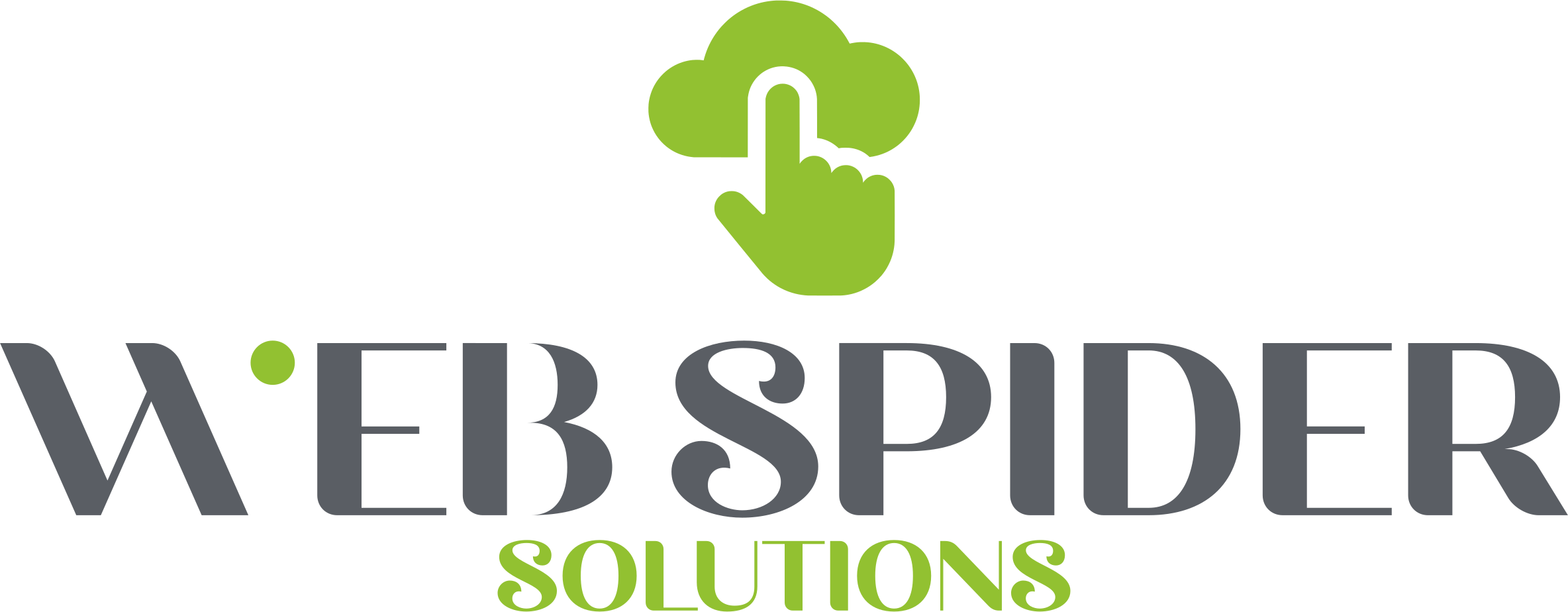It’s crucial to understand the key aspects of hyperlinks that do not significantly impact SEO. While hyperlinks play a vital role in search engine optimization, certain factors like nofollow vs dofollow attributes, link coloring and styling, and specific link attributes hold little to no value in SEO rankings. By debunking misconceptions and focusing on relevancy, anchor text optimization, and link audits, marketers can effectively enhance their SEO strategies for long-term success in the ever-evolving digital landscape. Let’s dive deeper into the aspects of hyperlinks that may not be critical for SEO, yet remain vital to grasp for a comprehensive SEO approach.

Unimportant Aspects of a Hyperlink for SEO
Nofollow vs. Dofollow Attributes
To address the argument surrounding Nofollow vs. Dofollow attributes in terms of SEO impact, it’s crucial to note that from an SEO perspective, the distinction between these attributes is somewhat irrelevant. While Dofollow links are standard hyperlinks followed by search engines to pass link juice, Nofollow links direct search engines not to follow the link but still pass authority signals. Strategically, using Nofollow links for specific web pages, like “login” or “thank you” pages, helps prevent unnecessary indexing of such pages on search engine results, enhancing SEO optimization.
Link Coloring and Styling
The visual presentation of hyperlinks, including their color, underlining, or hover effects, while impactful for user experience and click-through rates, holds no relevance to search engines as a ranking factor. While aesthetically pleasing links can enhance user engagement, search engines primarily focus on content relevance, authority, and other technical aspects rather than the styling of hyperlinks. Therefore, optimizing link colors and styles should be geared towards improving user experience rather than SEO performance.
Some Link Attributes
Regarding certain link attributes such as the “target” and “title” attributes, their impact on SEO performance is minimal. While these properties may convey information and affect hyperlink behavior, factors like page relevance, authority, and user experience hold greater significance in determining a webpage’s visibility and ranking on search engine results. However, compliance with search engine guidelines for attributes like UGC and sponsored links is vital for maintaining SEO performance and adhering to best practices.

Common Misconceptions in Hyperlink SEO
Quality Over Quantity in Link Building
Assuming that more links automatically equate to better SEO results is a common misconception. With link building, quality should always take precedence over quantity. It’s crucial to focus on acquiring high-quality backlinks from authoritative sources relevant to your niche rather than just building a large volume of links. A few high-quality backlinks can often provide more value than numerous low-quality ones.
Balancing Anchor Text Beyond Exact Match
Anchor text optimization is crucial for SEO, but there’s a misconception that exact match anchor text is always the best approach. Textual variety and natural language in anchor text are now favored by search engines. Avoid focusing solely on exact match keywords and instead aim for a diverse range of anchor text that enhances the user experience and looks natural to search engines.
Text stuffing should be avoided, and the priority should be on creating anchor text that adds value to the content and helps users navigate the website effectively.
Optimal Internal Linking Strategy
On the topic of internal linking strategies, it’s not just about the quantity of links within a page. It’s more important to focus on providing value and improving the user experience. Overloading a page with internal links or repeating the same anchor text can be seen as manipulative and spammy by search engines. A strategic internal linking strategy should prioritize user navigation, user experience, and helping search engines understand the website structure and content.
The Misplaced Emphasis on Backlinks for On-Page SEO Gaps
Anchor text plays a significant role in backlink strategies, but it’s crucial to strike a balance between on-page and off-page SEO efforts. While backlinks are crucial, solely relying on them to bridge on-page SEO gaps is a misconception. Ignoring on-page optimization elements like content quality, keyword optimization, and user experience can hinder overall SEO performance. It’s crucial to develop a holistic strategy that incorporates both on-page and off-page SEO for sustainable results.
Balancing the importance of on-page and off-page SEO elements is key to achieving long-term success in improving search engine rankings and driving organic traffic to your website.
Effective Hyperlink SEO Strategies
Focusing on Relevance and Contextual Significance
To ensure effective SEO strategies, it is crucial to focus on the relevance and contextual significance of hyperlinks. By making sure that the links are directly related to the content they are placed in, and provide valuable context to the users, you can enhance the overall user experience and improve SEO performance.
Anchor Text Optimization
For optimal SEO results, it is important to strategically optimize anchor text used in hyperlinks. Diversifying anchor text and striking the right balance between keywords can help improve the visibility and authority of your web pages. It is important to ensure that anchor text insertion is done organically and in a way that enhances user experience.
Another aspect to consider in anchor text optimization is the shift towards natural and diversified anchor text profiles by search engines. This emphasizes the importance of using varied anchor text that enhances the context and meaning of the linked content, rather than focusing solely on exact match keywords.
Addressing Broken and Redirected Links
Relevance and user experience are key factors in addressing broken and redirected links for effective SEO optimization. Regularly examining your website for any broken or misdirected links, and promptly fixing them, can prevent negative SEO impacts and improve overall site performance.
Hyperlinks are important for guiding users through your website, and ensuring that all links are functioning properly can enhance user trust and increase search engine visibility.
Conducting Regular Link Audits
Text
Contextual
Conclusion
So, when it comes to hyperlinks and SEO, it is crucial to understand which aspects hold little to no importance in optimizing your website for search engines. Factors such as nofollow vs dofollow attributes, link coloring and styling, and certain link attributes may not directly impact your SEO performance. It is crucial to focus on relevance and contextual significance, anchor text optimization, addressing broken and redirected links, and conducting regular link audits to ensure a strong and effective SEO strategy. By dispelling misconceptions and honing in on valuable SEO practices, you can truly enhance your digital presence and drive sustainable growth in the competitive online landscape.









